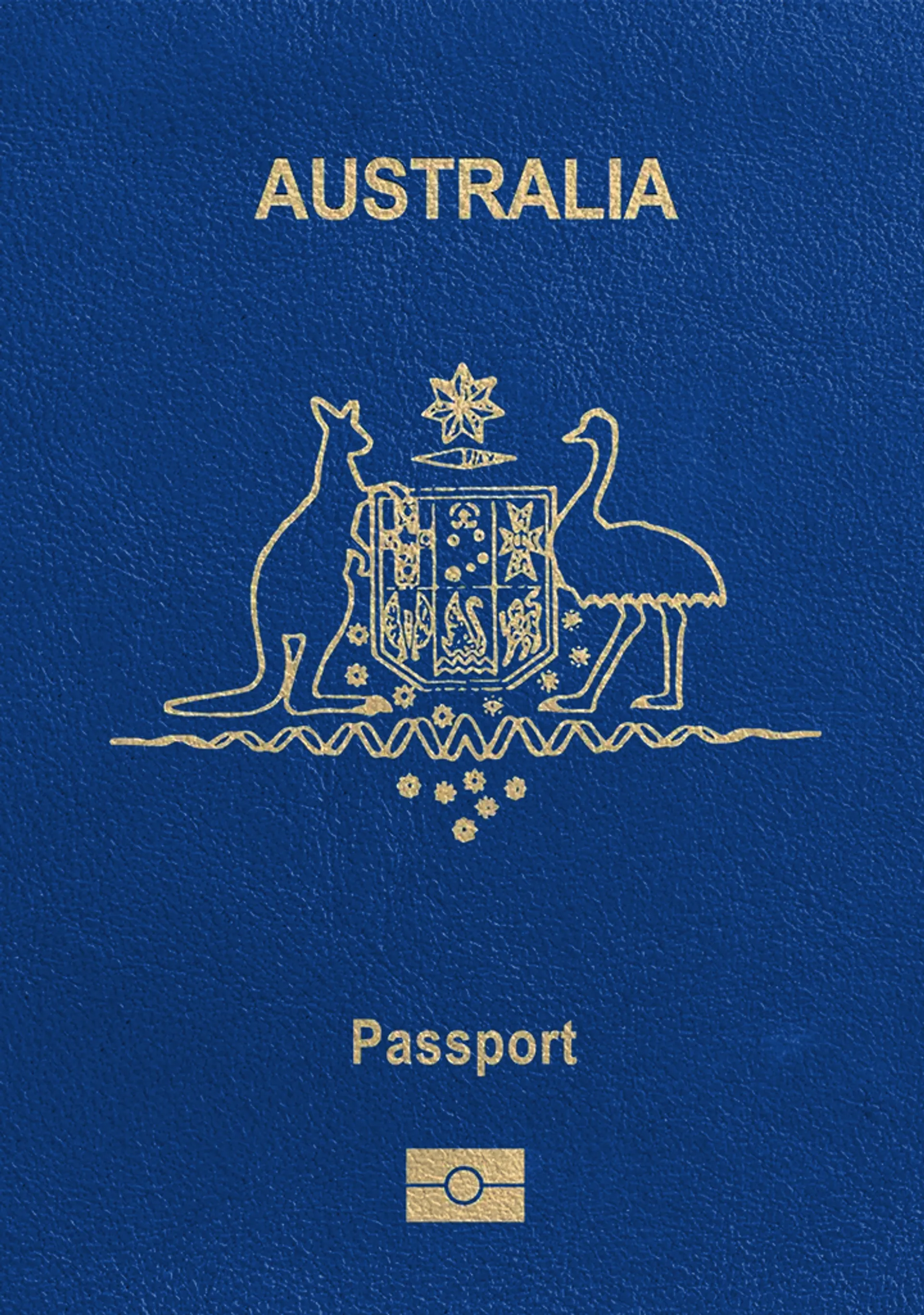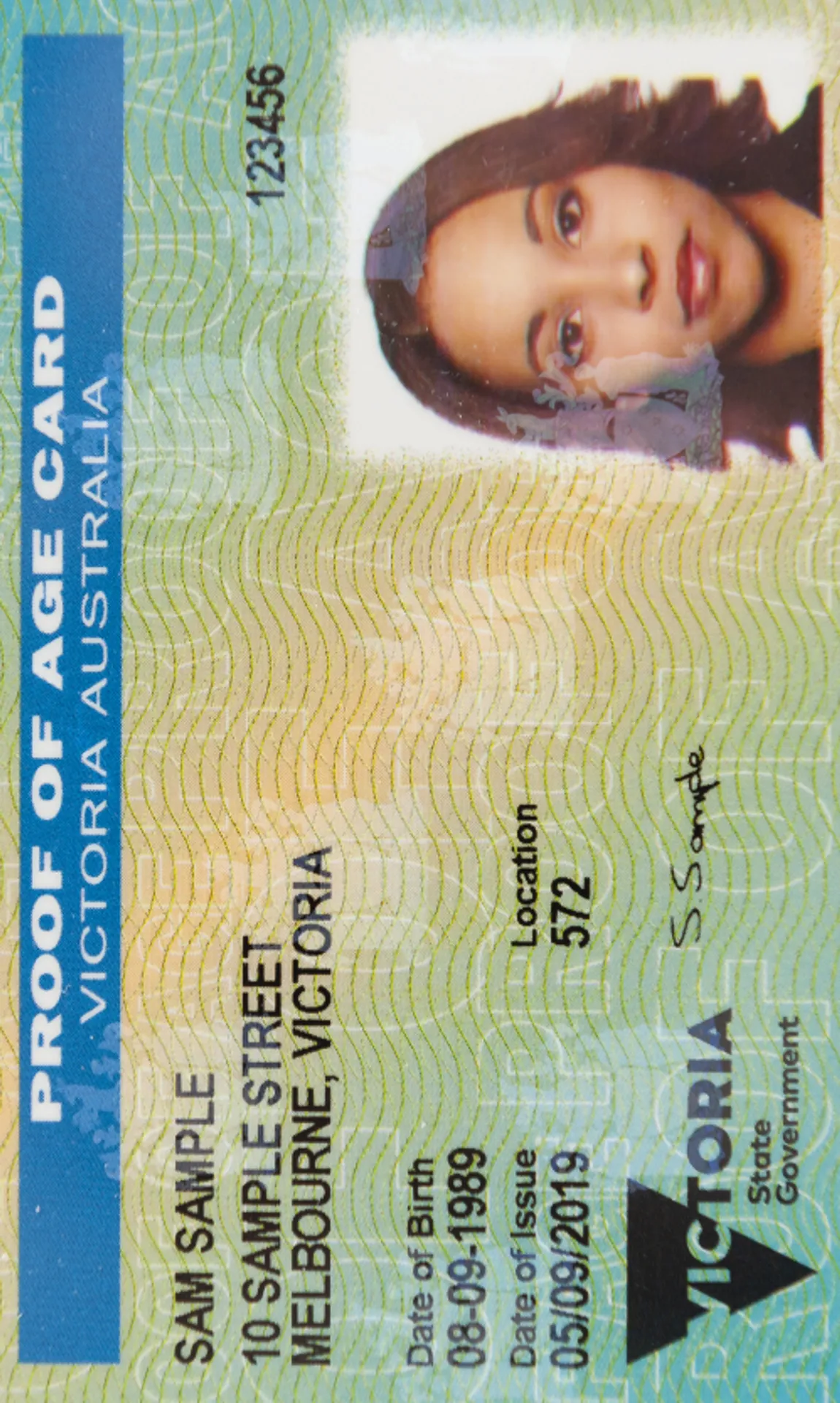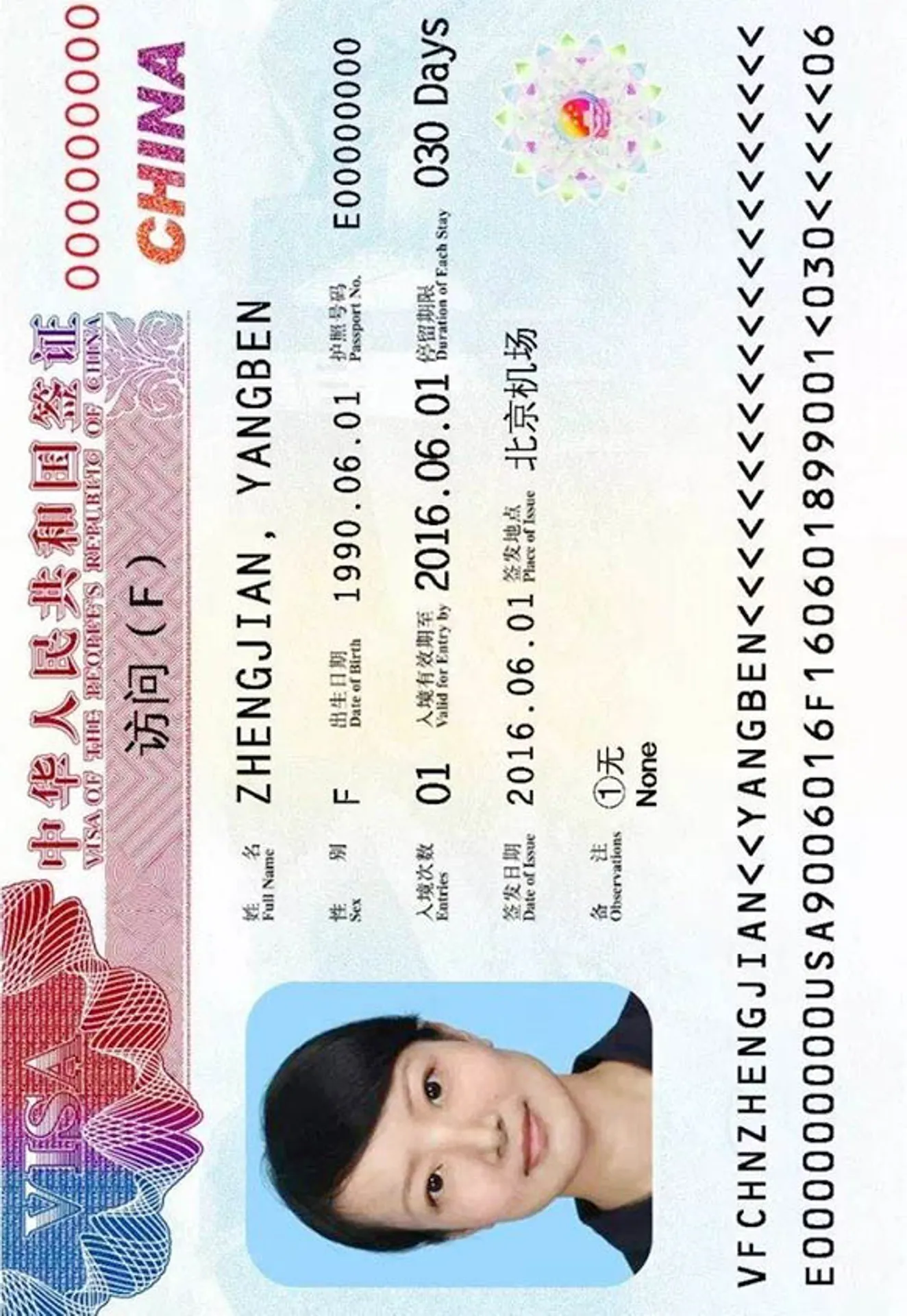
Australian Visa Photo Online
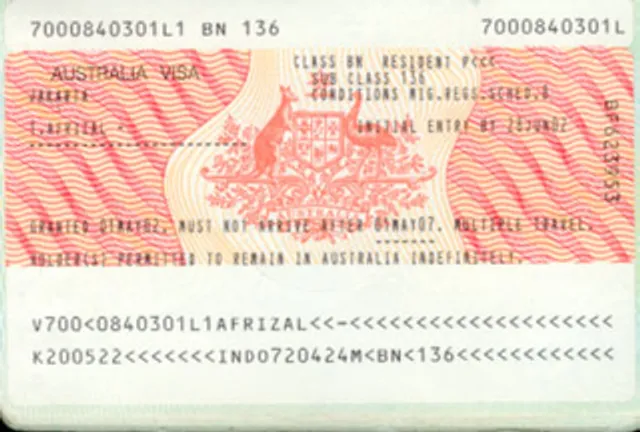






How do our mobile and web apps work?
Snap the perfect passport photo in under 3 minutes!
Find out just how simple it can be!

Take or upload a photo
Use a photo you already have or take a new one. We'll double-check it and make sure it passes all compliance tests.

Get your photo tuned-up by AI
Our AI system will crop, resize, and adjust the background of your image.

Get expert verification
One of our experts will carefully review your passport photo, providing you with feedback in under a minute!
Key benefits of using our passport photo tool
Get comfy at home, grab your phone, and snap a few pictures. End up with a result you’re 100% satisfied with!
Independence
No need to drive or wait in line. Take a photo wherever you are with only your smartphone.
Trusted service
Over a million users worldwide, 18 million photos processed, and thousands of 5-star reviews on TrustPilot.
Professional support
Questions or doubts about your photos? Our photography experts and support agents will be happy to help you out.
Acceptance guarantee
Once you place your order, our AI and human expert will verify your photo to ensure it's 100% compliant.
Australian Visa Photo: Size & Requirements
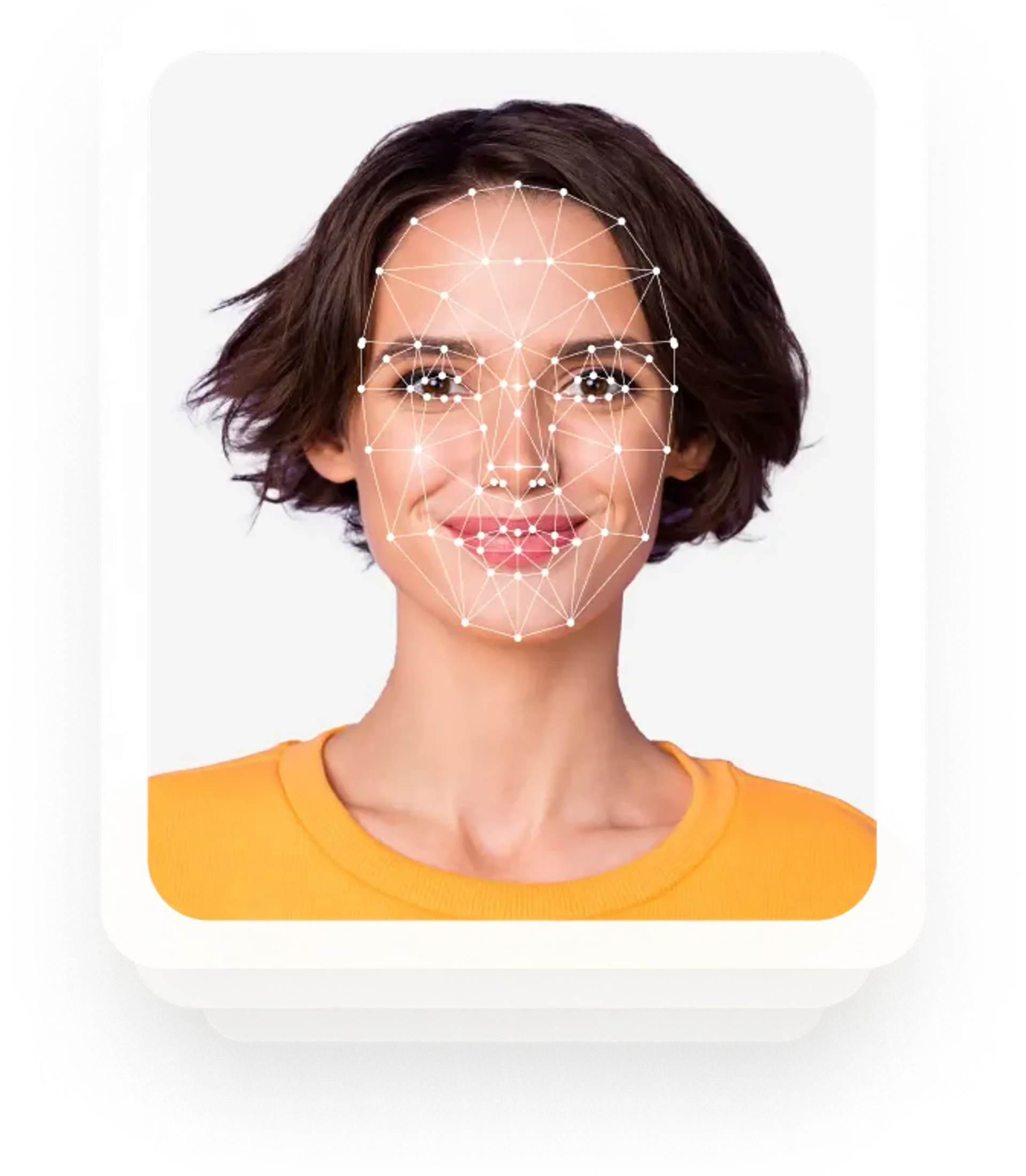
Size
35x45 mm
Resolution
600 dpi
Is it suitable for online submission?
Yes
Is it printable?
Yes
Background Color
White
Image definition parameters
Head height: 37 mm
Top of the Photo to Top of the Hair: 3 mm
Sylwia is a skilled writer with a BA in English Studies and an active SPJ member. For nearly three years now, she's been writing captivating articles for international companies, turning her lifelong passion into a career.
Australian Visa Photo: Requirements, How to Take a Photo & Upload It
Australia is known for its strict immigration laws and lengthy visa requirements. When planning a trip to Australia, pay careful attention to the documents you must provide to obtain a visa, including a compliant photograph.
This guide provides a comprehensive overview of the Australian visa photo requirements, instructions on scanning and uploading your photo, and suggestions on where to get suitable visa photos online.
Important: Regardless of the type of visa you want to obtain (e.g., work, visitor, or partner), you need to follow the same visa photo requirements.
Australian visa photo requirements: Explained
To apply for any Australian visa, you must submit one color photograph measuring between 35-40 mm in width and 45-50 mm in height. The background should be neutral or light gray. Make sure your entire head and the top of the shoulders are visible in the frame.
For the best results, a compliant visa photo should be taken at 600 DPI resolution. Don't alter the picture digitally—removing moles, scars, wrinkles, or red eyes isn't allowed.
Apart from these essential guidelines, there are more things you must pay attention to:
- Head size: Your head should measure between 32 and 36 mm from chin to crown.
- Quality and recency: Submit a high-quality color photograph taken within the last six months. It should be printed on professional-grade paper using dye sublimation printing; inkjet prints are not acceptable.
- Pose and expression: Face the camera directly with a neutral expression—no smiling, laughing, or frowning. Keep your eyes open and mouth closed, and ensure your hair is pulled back to keep facial features visible.
- Jewelry: Ensure that jewelry doesn't obscure any part of your face, especially around the eyes, mouth, and nose. Avoid accessories that cause reflections.
- Hair: You can wear your hair down or up, as long as your face is visible. Coloured hair is acceptable. If you have bangs, ensure they don't fall on your eyebrows or obstruct your eyes.
Can you wear glasses in a visa photo?
Generally, glasses aren't allowed in visa pictures, even if you wear them daily. If you have a medical condition that makes it impossible or difficult for you to remove the glasses (or the lenses are tinted), you can wear them only when:
- The glasses don't cast shadows on your face, hide your eyes, or produce glare.
- The frames don't obstruct your eyes (especially the irises) or eyebrows.
- You have a signed doctor's statement explaining your condition (it may be required).
Head coverings in Australian visa photos—Accepted or not?
Hair accessories and fashion headgear aren't allowed in visa photos. If you wear a head covering for religious reasons (e.g., a hijab), you can keep it for a photo if you respect the following guidelines:
- The fabric of your covering must be plain and without any patterns.
- Your entire face, from the bottom of the chin to the top of the forehead, must be visible.
- The edges of your face must be uncovered. The ears don't need to be visible, but make sure the oval of your face and the corners of your eyes aren't obstructed.
Visa photos for babies and newborns
Children's photos for an Australian visa must follow the same requirements with one exception: Infants under three years old are allowed to have their mouths open in a photo.
Still, their eyes must be fully open, and they must face the camera directly. Additionally, note that you can't hold your baby for a photo—they must be the only visible subject.
Securing a compliant Australian visa photo of a baby, especially a young one, can be challenging. Luckily, you don't need to visit a photo studio to get your baby's visa picture hassle-free.
Read on to learn how to do it comfortably at home.
Australian visa photo: How to upload?
The easiest and fastest way of applying for an Australian visa is to do it online—once you create a profile, you can submit all the necessary documents from home at your own pace.
And trust me, it will take a long time (even to obtain a visitor visa, you must fill out a 14-page application form).
Let's discuss how to upload a photo to an Australian visa application.
1. Get a digital photo online
A digital Australian visa photo must follow the same general requirements we've discussed so far. Because of its electronic format, however, it must meet additional criteria:
- Resolution: 1200 x 1600 pixels
- File format: JPEG format
- File size: Between 70Kb and 3.5Mb
2. Upload a digital photo
After you've filled out the entire application form, you'll be asked to submit supporting documents, including a compliant visa picture.
Go to the relevant section and click "Attach image." You can then select a visa photo from your device.
If you have any issues with the upload, ensure your picture is the right size; this is the most common mistake applicants make.
Remember that successfully uploading a photo doesn't mean it's accepted—an immigration officer working your case will verify your visa photo manually. Should it be rejected, your officer will contact you and ask you to upload a new photograph.
❗ Important: Australian visa processing times are long and can take up to three months. If you submit an incorrect photo, your application will be delayed.
Can you submit a scanned photo to an Australian visa?
Yes, visa applicants can submit a scan of a photo, as long as it meets the Australian visa photo requirements.
Here's what you must bear in mind:
- Ensure your photograph is compliant and undamaged (even scratch marks will render your photo invalid).
- The photo must be scanned in color.
- Use a high-quality scanner or phone camera (I took a photo of my visa picture with my iPhone 15, and it was accepted).
- Sign the back of the photograph with your full name and date.
- Scan the front and the back of the picture separately. You can upload them in two files or one.
- Do not place your photo on a white sheet when scanning/photographing it.
Get Australian visa photos online
Why waste time going to a photo booth or a professional studio if you can get your Australian visa photo online?
How to take a photo for your Australian visa with PhotoAiD:
- Take a photo: Wear a dark-colored t-shirt and stand in front of a window. Face the camera, looking directly at the lens. Don't smile and snap a photo.
- Upload your photo: Get the PhotoAiD app for iOS or the PhotoAiD app for Android. You can also upload a picture from your device using the button at the top of this page.
- Wait for AI adjustments: Our tool will crop, resize, and erase the background.
- Order an expert check: One of our photography experts will verify your picture against all Australian visa photo requirements.
- Get your visa photo: You can choose between a digital visa image (sent to your email within minutes) or printouts (delivered via mail).
That's it!
With PhotoAiD, you have a guarantee of satisfaction and compliance. If your visa photo is rejected by Australian immigration agents, we'll refund 200% of your purchase costs.
Tips on taking visa photos at home
If you choose to take your photo at home, consider the following:
- Equipment: Use a smartphone with a good camera or a high-quality digital camera.
- Assistance: Have someone else take the picture; selfies are not acceptable.
- Background: Stand in front of a plain, light-colored background without texture.
- Lighting: Find a well-lit area to avoid shadows on your face or background.
- Post-processing: Do not use filters or software to retouch the photo or remove the background.
By following these guidelines, you can ensure that your Australian visa photo meets the necessary requirements, facilitating a smoother application process.
Sources:
https://immi.homeaffairs.gov.au/visas/getting-a-visa/visa-listing
https://www.passports.gov.au/sites/default/files/2021-04/brochure-photo-guidelines.pdf
https://immi.homeaffairs.gov.au/citizenship/photo-requirements-for-citizenship-applications
Was this information helpful?
Let us know how useful you found this page
Rate this page
4.8/5
Number of votes: 127



